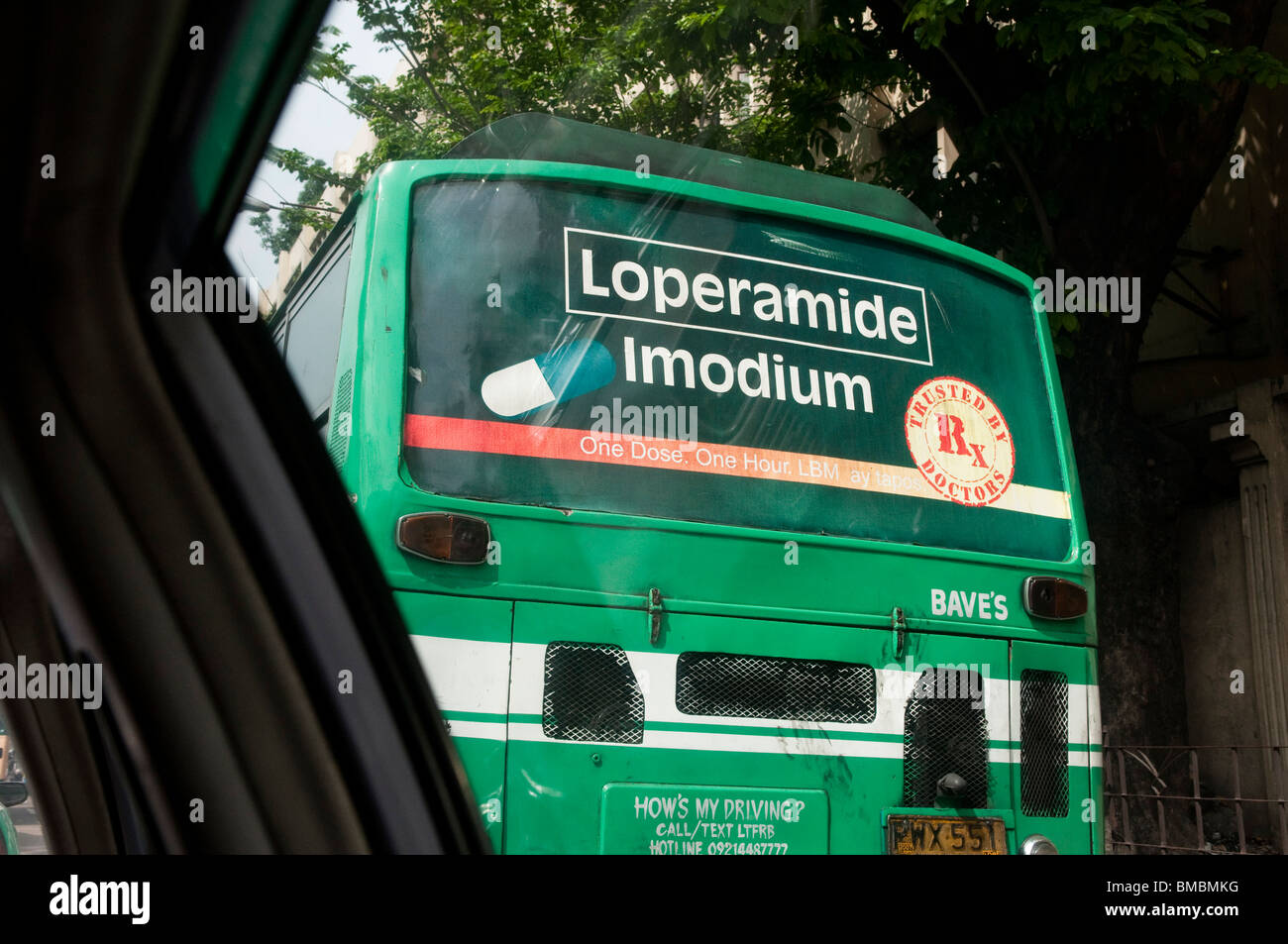Efficient Transit Advertising Philippines to Expand Your Target market
Efficient Transit Advertising Philippines to Expand Your Target market
Blog Article
Comprehending the Role of Transportation Advertising in Enhancing Brand Name Exposure and Customer Engagement
Transit advertising has arised as a critical element in the marketing landscape, offering unique possibilities for brand names to elevate their presence and engage customers effectively. With the ability to reach a captive and diverse target market throughout their day-to-day commutes, these marketing methods are not merely about exposure; they have to do with developing significant links with possible customers. As we explore the diverse advantages and ingenious approaches within transportation marketing, it comes to be necessary to consider exactly how these components jointly influence consumer understanding and actions, questioning concerning their long-lasting influence on brand commitment.
Meaning of Transit Advertising And Marketing
Transportation marketing refers to the technique of advertising items, solutions, or brands via advertisements placed in and around mass transit systems. This type of marketing includes a selection of placements, consisting of posters on buses and trains, digital screens at transit stations, and wraps on the outside of automobiles. It intends to reach a varied audience, maximizing the high foot web traffic related to public transportation.
Transportation advertising is tactically positioned to record the attention of travelers, who frequently spend significant time waiting or traveling. By incorporating advertisements right into the everyday routines of people, brand names can produce an enduring impact and foster brand name recognition. The medium is especially effective in urban atmospheres, where public transport is a main mode of travel.
In addition, transit advertising can help with localized targeting, enabling services to get to certain demographics based upon transit paths and station locations. As metropolitan populaces expand and the use of public transportation increases, this marketing method has actually acquired prominence as an essential component of integrated advertising and marketing techniques. The vibrant nature of transit advertising and marketing, combined with its capacity to involve customers in a captive setting, underscores its importance in modern advertising techniques.
Benefits of Transit Advertising
The effectiveness of transportation advertising and marketing depends on its ability to provide a plethora of benefits to brands looking for to boost exposure and engagement. Among the primary benefits is the substantial reach it provides; transportation advertisements can efficiently target diverse demographics throughout urban areas, getting to both travelers and pedestrians alike. This wide direct exposure dramatically increases brand name awareness.
An additional benefit is the high frequency of impacts. As transportation automobiles follow well established courses and stop at multiple areas, they produce repeated direct exposure that enhances brand messages. This frequency promotes knowledge, which is important in consumer decision-making.
Transit advertising is likewise cost-effective compared to various other media systems. Given its extensive reach and capacity for high impressions, brands frequently experience a lower price per thousand impacts (CPM), optimizing their marketing spending plan.
Furthermore, transit ads can create a sense of community link. By lining up with local transit systems, brand names can resonate with local target markets and cultivate a feeling of regional satisfaction. This localized approach enhances brand loyalty and engagement, making transit advertising and marketing a compelling selection for companies intending to strengthen their presence on the market.

Reliable Methods for Transit Projects
To make best use of the influence of transportation campaigns, brand names must take advantage of strategic planning and execution tailored to their target market. Initially, recognizing the demographic attributes of the audience using public transportation is crucial. This enables brands to create personalized messaging that reverberates with prospective customers.
Following, picking the appropriate transportation tools is crucial. Whether utilizing bus covers, metro posters, or electronic displays, each tool has distinct advantages that can enhance visibility. As an example, lively visuals on bus wraps can stand out, while digital ads can be upgraded regularly to mirror timely promotions.
Furthermore, incorporating a cohesive branding technique throughout transportation systems makes sure consistency and enhances the brand's identity. Utilizing attractive designs and unforgettable taglines will reinforce brand recall amongst travelers.
Finally, timing is an essential aspect in performing successful transit campaigns. Introducing campaigns throughout top traveling hours or regional events can significantly enhance presence and involvement. By utilizing these methods, brand names can successfully harness the capacity of transit advertising and marketing, cultivating greater recognition and link with their target market. Inevitably, a well-executed transportation campaign can drive significant development in brand name visibility and consumer involvement.

Measuring Impact and Engagement
In evaluating the effectiveness of transportation advertising and marketing campaigns, exact measurement of impact and involvement is important for brands seeking to enhance their marketing methods. Metrics such as reach, frequency, and impressions offer foundational information to assess exposure. Analyzing these factors aids identify the amount of prospective clients are exposed to the ads during their everyday commutes.
Engagement can be additional determined with customer communications, such as site traffic, social networks discusses, and straight actions to calls-to-action included in the advertisements. Making use of devices like QR codes or special Links can help with tracking of consumer behavior directly connected to transit projects. Studies and responses systems likewise offer as beneficial approaches to gather qualitative information on consumer perceptions and recall of the promotion.
Furthermore, advanced analytics and attribution versions can associate transit exposure with subsequent buying habits, supplying understandings into the roi. By employing a comprehensive method that combines qualitative and quantitative procedures, brand names can develop a nuanced understanding of their transit advertising and marketing effect. Eventually, this data-driven technique enables brands to fine-tune their projects, guaranteeing they reverberate efficiently with target market and improve overall brand name visibility.
Situation Research Studies of Successful Campaigns
Effective transit marketing campaign offer as engaging instances of exactly how reliable methods can raise brand name presence and involvement. Transit Advertising Philippines. One noteworthy situation is the "I Love New york city" project, which changed the city's image and drew in millions of visitors. By using train advertisements, signboards, and browse this site bus wraps, the campaign created a solid, cohesive brand identification, leading to a substantial uptick in tourist and local organization patronage
One more exemplary campaign is Coca-Cola's "Share a Coke" initiative, which leveraged transit advertising to personalize the brand name experience. By featuring popular names on marketing materials throughout various transportation systems, Coca-Cola cultivated a weblink much deeper emotional link with customers, encouraging them to share their experiences on social networks.
Additionally, the "Got Milk?" campaign efficiently utilized mass transit ads to get to a wide audience, reinforcing the message of the importance of milk in a well balanced diet plan. The project saw a measurable rise in milk usage in target demographics.
These study show that when performed thoughtfully, transit advertising can substantially improve brand name visibility, foster customer interaction, and drive quantifiable outcomes, showing its vital function in contemporary advertising and marketing techniques. - Transit Advertising Philippines
Conclusion
In verdict, transportation advertising and marketing acts as a crucial device for enhancing brand name presence and fostering consumer interaction. By utilizing purposefully placed ads within public transport systems, brands can efficiently reach diverse audiences and strengthen recognition via consistent direct exposure. The execution of targeted messaging and ingenious approaches better enhances the effect of transportation campaigns. Eventually, the ability to measure involvement and analyze successful instance research studies highlights the efficiency of transportation marketing in driving brand name loyalty and customer interactions.
Transit advertising and marketing has arised as a pivotal element in the marketing landscape, using one-of-a-kind opportunities for brand names to raise their exposure and involve consumers efficiently.Additionally, transit advertising can help with local targeting, these details enabling businesses to reach details demographics based on transit paths and station places.In evaluating the efficiency of transit marketing campaigns, precise measurement of effect and engagement is necessary for brand names seeking to optimize their marketing strategies.Effective transportation advertising and marketing projects serve as compelling instances of how reliable strategies can raise brand name visibility and engagement.In verdict, transit marketing serves as a vital tool for improving brand name visibility and promoting consumer interaction.
Report this page